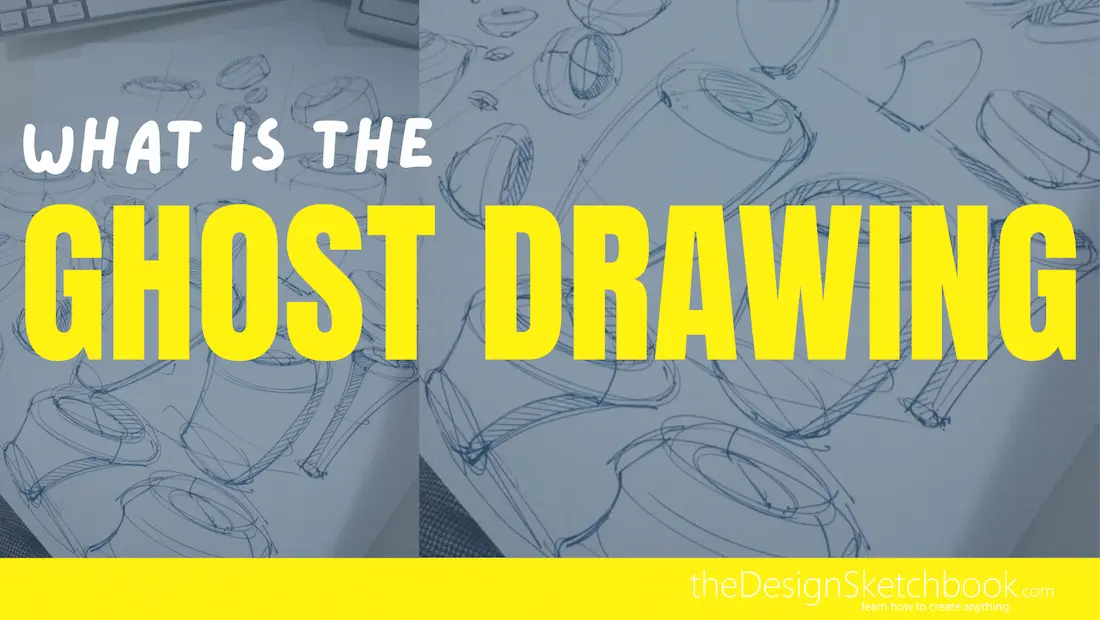
Remember when we were kids, and we’d try to draw a circle, but it always ended up looking like a wobbly potato? I totally get it.
I used to stare at the blank page, due to Beginner’s Perfectionist syndrome. My hand shaking, thinking, “What if I mess up? What if it’s not straight?” Sound familiar? If you’re just starting out, trust me, you’re not alone. Every designer, every artist, every sketcher has been there. No matter the age.
Today, I want to share a little trick that changed my sketching game: The Ghost Drawing Technique.
What’s Ghost Drawing?
So, Ghost Drawing is basically this: before you actually draw a line, you hover your pen just above the paper and “ghost” the movement.
Like, you pretend to draw the line in the air a few times like a simulation.
Your ballpoint pen nib is not touching the paper yet, just letting your hand and eye get comfy with the motion.
When you feel ready, you gently let your pen touch the surface and draw.
TIP: Start with a light pen pressure. It is easier to control the pen trajectory.
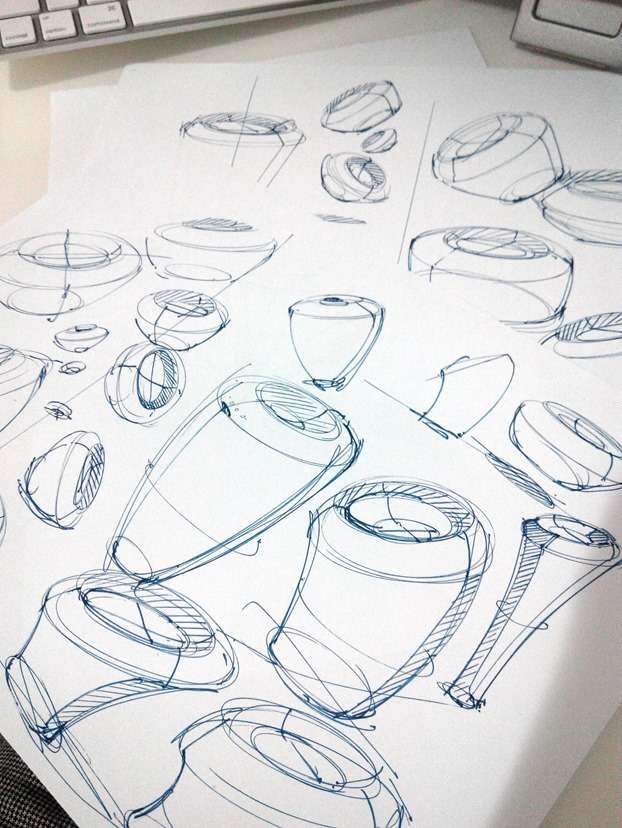
It’s kind of like warming up before a workout. Your lines get smoother, more confident, and way less shaky. I used to be super scared of making mistakes, but Ghost Drawing helped me chill out. Now, I use it before almost every stroke, curve, circle, or ellipse.
My First Ghost Drawing Moment
I’ll never forget my first time trying Ghost Drawing. I was sitting at my desk, frustrated because my lines looked like spaghetti and my circles looked like squished eggs.
I followed my teacher’s directions, tried it, and honestly, it felt a bit silly at first. Moving my pen in the air like a magician? But after a few tries, something clicked. My lines started flowing better. I wasn’t afraid to mess up anymore. I realized the real magic wasn’t in the drawing itself, but in the movement before it.
Why Ghost Drawing Makes you a Better Sketcher
Ghost Drawing helps you build what I call the memory of forms. Your arm remembers the movement, so you can repeat it with precision and confidence. It’s not just for circles or straight lines. It works for curves, ellipses, and even complex shapes.
Here’s how to get started:
- Hover your pen just above the paper and “ghost” the movement.
- Feel ready before you actually draw.
- Use your whole arm when you simulate the movement, not just your wrist. Let your shoulder and elbow move freely. (Don’t be stiff and exaggerate the gesture to grasp the feeling of drawing freely.)
- Practice every day. It becomes natural with time.
Adopt the Right Body Posture For Designers
To practice it properly, you need the right drawing posture.
We cover this topic here:
- The right body posture to adopt when you draw at the Desk.
- The proper posture to draw with a Standing Position.
I created a tutorial where you can practice the ghost drawing to improve your quality of lines.
I show you also how to choose your ballpoint pen for drawing.
Funny Moments and Learning Lessons
I once tried Ghost Drawing in a café, and my friend thought I was doing some weird hand dance. I laughed, but I kept practicing. Over time, I noticed my sketches became lighter, more energetic, and way less stiff. I even started using Ghost Drawing for everything, drawing cylinders, sketching product concepts, even doodling in my sketchbook.
How to Practice Ghost Drawing
- Start with simple shapes: circles, ellipses, straight lines.
- Gradually move to more complex curves and forms.
- Use the right posture, whether you’re sitting at a desk or standing.
- Don’t rush! Let your body absorb the gesture till it become natural.
The Secret to Confident Sketching
Ghost Drawing isn’t just a technique. It’s a mindset. It’s about trusting your hand, letting go of perfectionism, and enjoying the process. When you practice regularly, you’ll see your lines become smoother, your confidence grow, and your sketches come alive.
Next Steps
If you want to take your sketching to the next level, check out my C-curve video tutorial for more curve practice. And if you’re just starting out, don’t forget to grab the Designer Starter Kit. It’s a step-by-step illustrated guide to help you master Ghost Drawing and basic perspective.

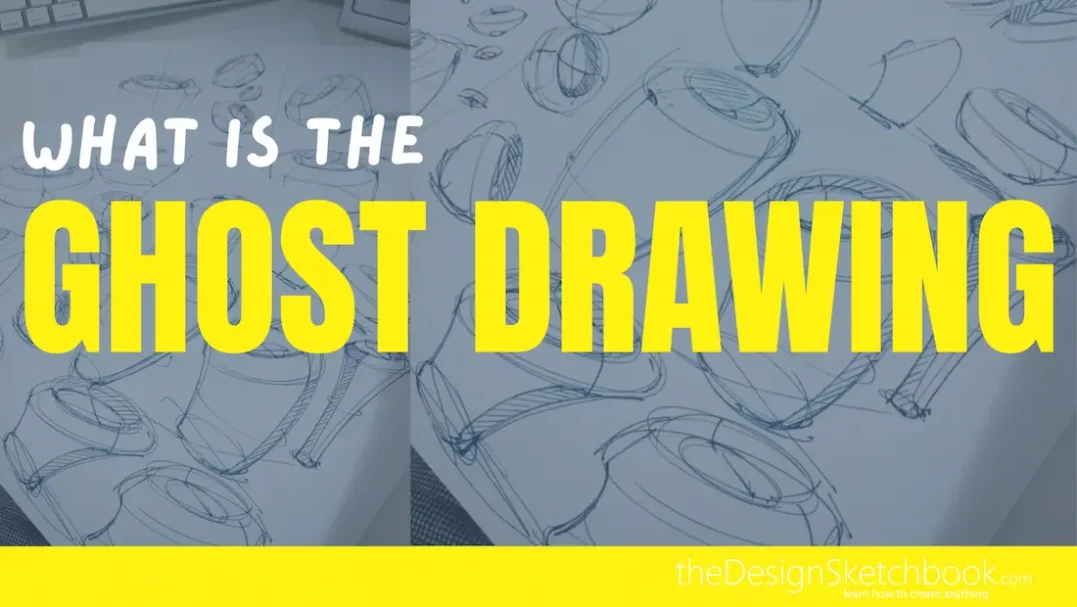
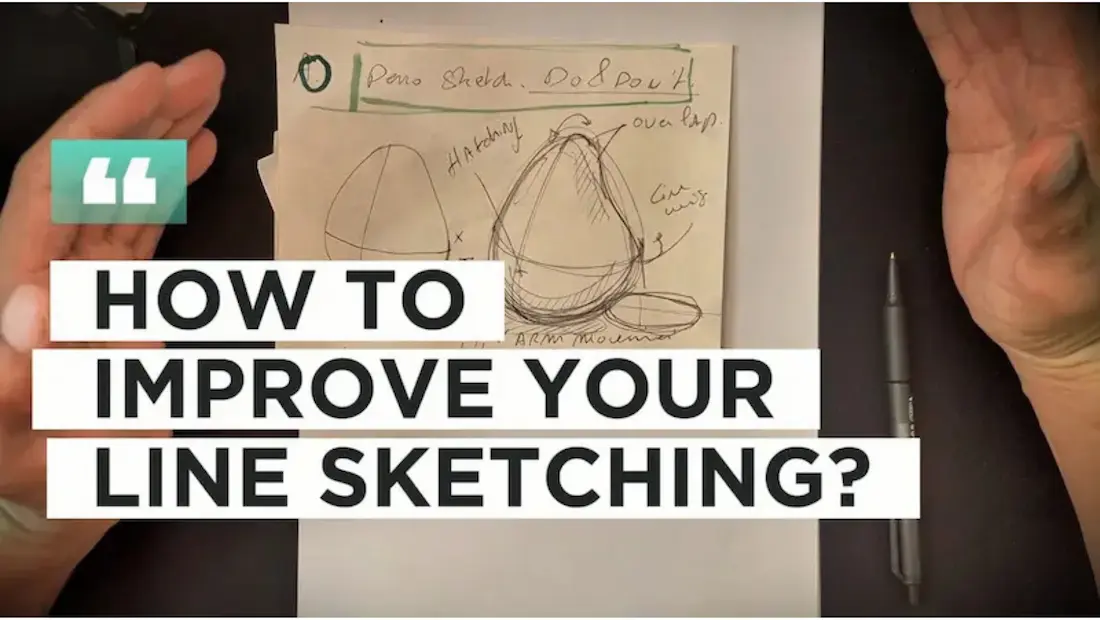
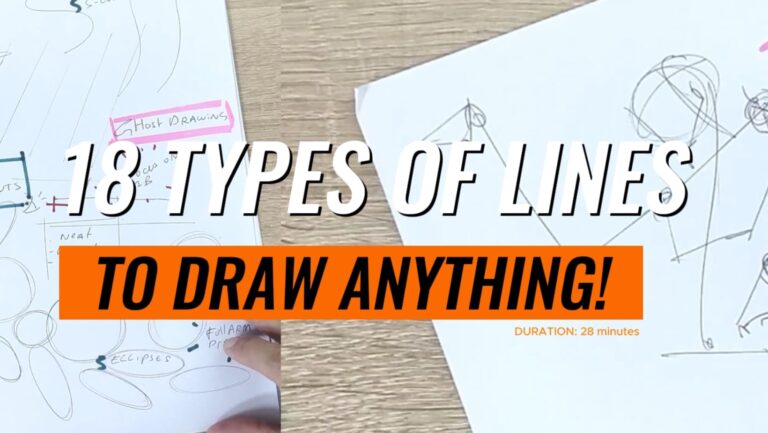

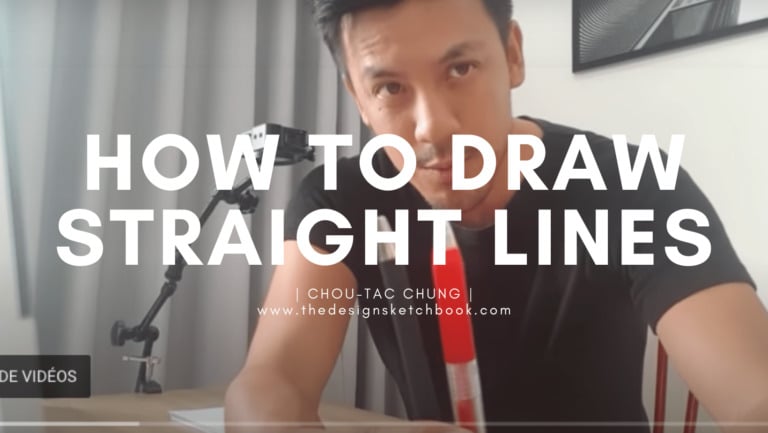


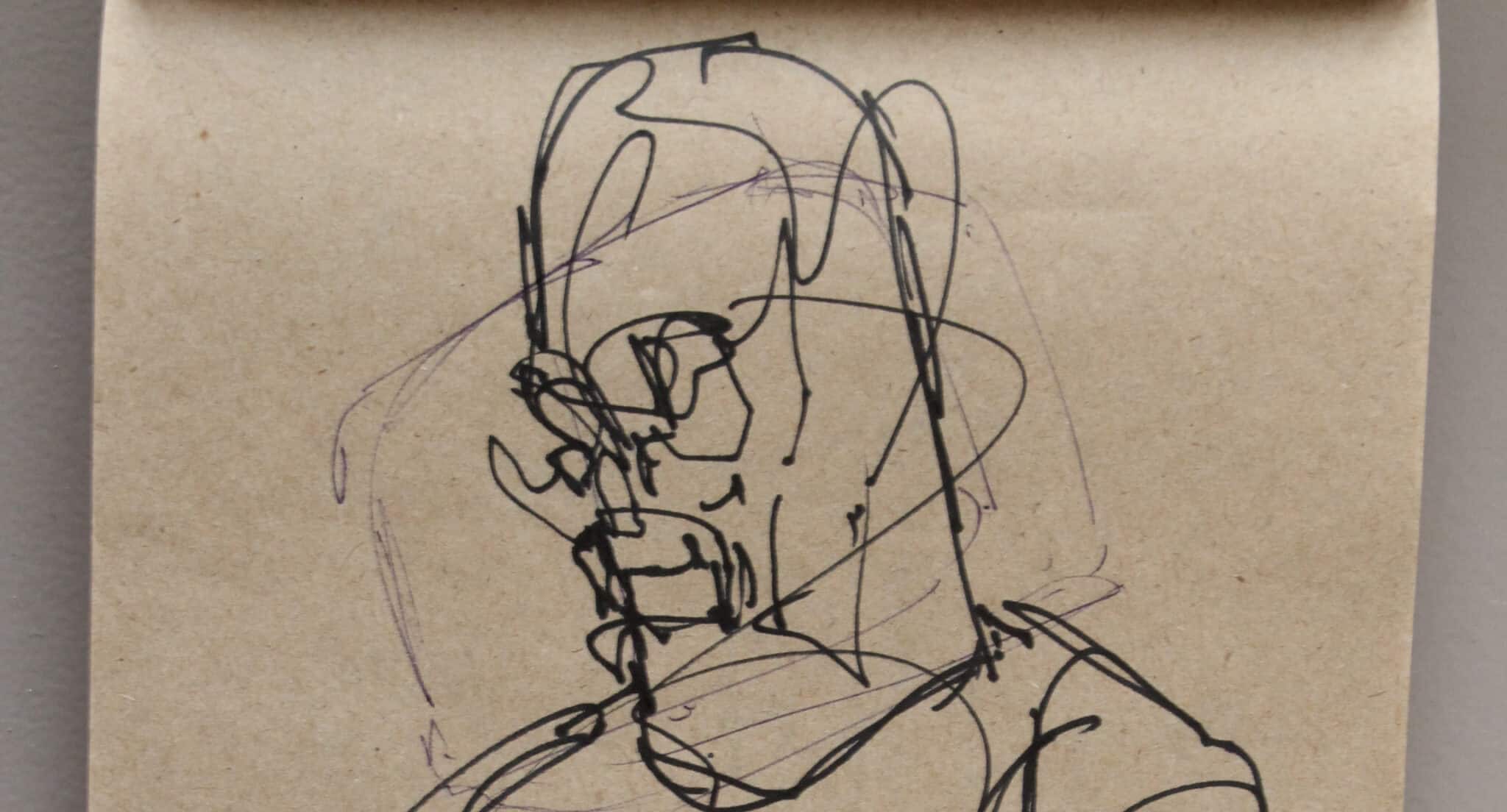
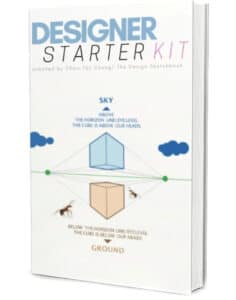



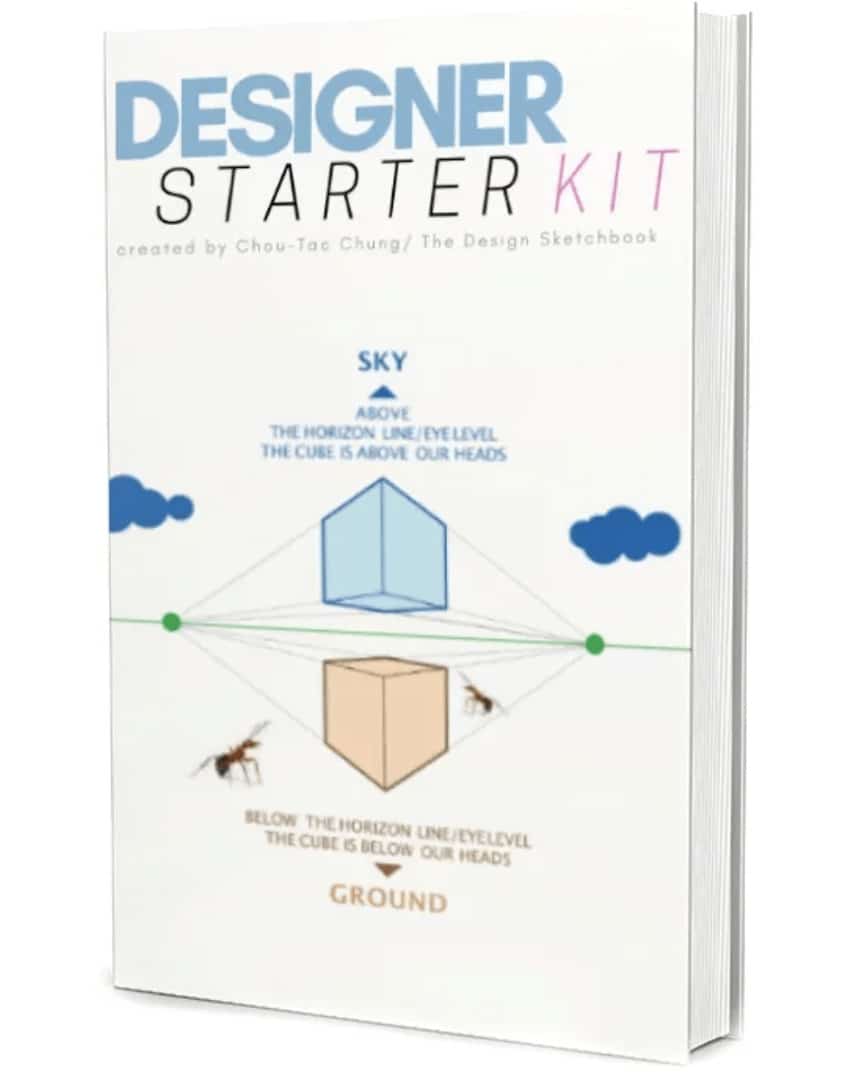


[…] marker’s lines are pretty bold and do not give room for errors. So, I used the ghost drawing technique carefully to simulate the hand movement first before committing to drawing the […]
[…] I need to draw a complex curve, I split it in multiply small curves to draw. I often apply the ghost drawing before drawing the curves for neatness and […]
[…] Fill this shape with hatching.For the first two or three lines, use ghost drawing as necessary. […]
I did practice according to your product design sketching techniques, and guess what, I can see the improvement in my product drawing, this website help me to improve my sketching, thanks a lot, and do post article on how to start with intuos draw tablet TIA
That’s awesome Akshay. I am glad you make progress. I’ve just saw your message updating the page. 🙂